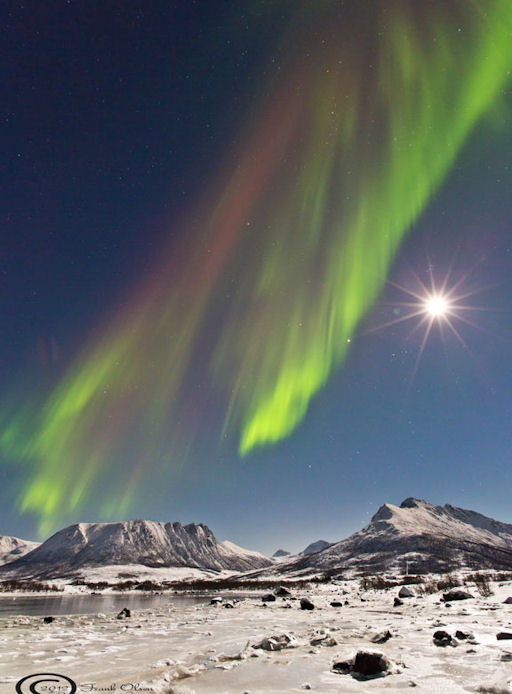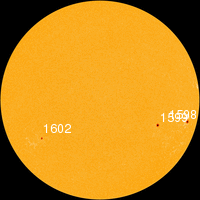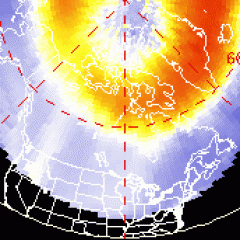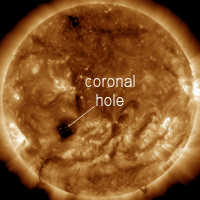JUPITER AND THE MOON: The Moon and Jupiter are in conjunction tonight, only a few degrees apart. Look for the bright pair rising in the east a few hours after sunset. [sky map] [photo gallery]
CME IMPACT: A coronal mass ejection hit Earth's magnetic field on Oct. 31st around 1530 UT. The impact jolted Earth's polar magnetic field and sparked auroras around the Arctic Circle. Frank Olsen sends this picture from Sortland, Norway:
For a while, the auroras were bright enough to see despite the glare of the nearly-full Moon. "Conditions were excellent for aurora photography," says Olsen. "I captured the Moon with the Pleiades on top and Jupiter to the left. And just over the mountain, Orion was rising."
NOAA forecasters estimate a 30% to 60% chance of continued geomagnetic activity around the poles during the next 24 hours as reverberations from the CME impact wane. Aurora alerts: text, voice.

Solar wind
speed: 344.2 km/sec
density: 7.8 protons/cm3
explanation | more data
Updated: Today at 1507 UT
X-ray Solar Flares
6-hr max: B4 1138 UT Nov01
24-hr: B5 0039 UT Nov01
explanation | more data
Updated: Today at: 1500 UT
![]()
Daily Sun: 01 Nov 12
None of these sunspots is actively flaring. Solar activity is low. Credit: SDO/HMI
![]()
Sunspot number: 35
What is the sunspot number?
Updated 30 Oct 2012
Spotless Days
Current Stretch: 0 days
2012 total: 0 days (0%)
2011 total: 2 days (<1%)
2010 total: 51 days (14%)
2009 total: 260 days (71%)
Since 2004: 821 days
Typical Solar Min: 486 days
Update 30 Oct 2012
The Radio Sun
10.7 cm flux: 108 sfu
explanation | more data
Updated 30 Oct 2012
![]()
Current Auroral Oval:
Switch to: Europe, USA, New Zealand, Antarctica
Credit: NOAA/POES
![]()
Planetary K-index
Now: Kp= 3 quiet
24-hr max: Kp= 4 unsettled
explanation | more data
Interplanetary Mag. Field
Btotal: 10.5 nT
Bz: 7.6 nT south
explanation | more data
Updated: Today at 1506 UT
![]()
Coronal Holes: 30 Oct 12
A minor solar wind stream flowing from the indicated coronal hole should reach Earth on Nov. 3-4. Credit: SDO/AIA.




